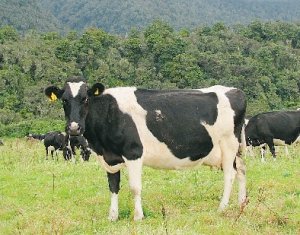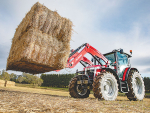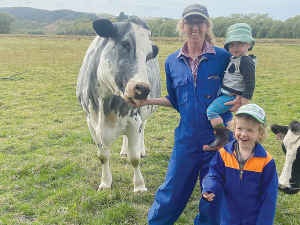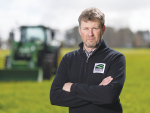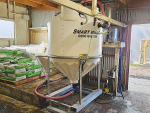Ross Bishop, DairyNZ, says the season has been conducive to “making things look good” and dairy farmers are content with how the season has rolled out.
Heavy rain in November and December in lower Grey Valley caused some flooding, but this was limited to a small number of farms and they recovered quickly, Bishop says.
Stock have been well fed throughout the season, resulting in good cow condition and an absence of major animal health issues.
Local vets tell him the empty rate of cows is 8-10% -- about average, he says. And farmers have made some good management decisions, reaping benefits.
“In terms of feed and its quality, we’ve had spring conditions for long periods of the year . As a result the dry matter percentage of the feed has probably been a bit lower than normal. Farmers have recognised this and added some supplements in order to slow down the passage of the feed through the cows’ systems,” he says.
Looking at the farmland between Fox Glacier and Hokitika, one could assume there is potential for more conversations to dairying. But not so says Bishop.
“The coast is running out of land that is readily convertible. I think there may be acknowledgement of that by Westland Milk products sourcing supply from Canterbury. Having said that, there are properties on the coast that can generate extra production.”
He points to a recent conversion near Fox Glacier which was very successful and amalgamation of farms have created larger dairy units on the Coast.
Like most parts of the country, farmers on the Coast have been able to make good quantities of supplements due to slightly less rain and generally milder weather. The conditions have been good, says Bishop.
“In general the majority of farms would have good reserves for wintering given normal expectations. But a lot can happen between now and next season so they need to make a careful assessment of their position now and think about what position they might be in if things change.”
His key message for dairy farmers is about decisionmaking. “They need to acknowledge that most of the decisions made now won’t have much influence on this season but will have a more significant influence on next season. So they need to be realistic about what can happen this season without compromising how next season might start.”

